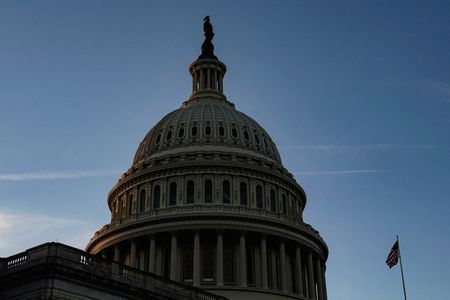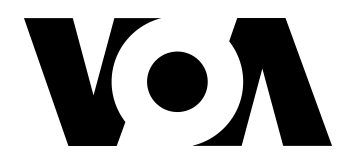By Andy Sullivan and David Shepardson
WASHINGTON (Reuters) -U.S. President Donald Trump's administration froze $2.1 billion in Chicago transit funding on Friday, starving another strongly Democratic city of funds as the government shutdown entered its third day.
Budget director Russ Vought said the money, earmarked for elevated train lines, had been put on hold to ensure it was not "flowing via race-based contracting."
With the Chicago move, the administration has now frozen at least $26 billion in funds aimed at Democratic cities and states, following moves on Wednesday to halt transit projects in New York, home to the top two Democrats in Congress, and $8 billion in green-energy projects in states including California and Illinois.
The Republican president has made the nation's third-largest city a regular rhetorical punching bag, threatening to send in National Guard troops to the city, home to Democratic Illinois Governor JB Pritzker, who is seen as a 2028 White House hopeful.
In Washington, the shutdown stalemate showed no signs of ending. The U.S. Senate is due to vote on dueling Democratic and Republican plans to end the shutdown on Friday, but neither is likely to win passage. If the shutdown continues into a fourth day Saturday, it will be the fifth-longest in U.S. history.
Democrats and Republicans have spent the past several days blaming each other for their failure to keep the government funded beyond October 1, the start of the fiscal year, and they do not appear to have made any headway toward a deal that would allow the money to flow again.
The standoff in Congress has frozen about $1.7 trillion in funds for agency operations, which amounts to roughly one-quarter of annual federal spending. Much of the remainder goes to health and retirement programs and interest payments on the growing $37.5 trillion debt.
HEALTHCARE FIGHT
Democrats say any funding package must also expand pandemic-era healthcare subsidies due to expire at the end of December, while Republicans say that issue should be dealt with separately.
Trump, meanwhile, has targeted funding for Democratic-leaning states and threatened to fire more federal workers, on top of the 300,000 he will have forced out by the end of the year.
The shutdown, the 15th since 1981, has suspended scientific research, financial regulation, and a wide range of other activities. Pay has been suspended for roughly 2 million federal workers, though troops, airport security screeners, and others deemed "essential" must still report to work.
On Friday, the government did not release its monthly unemployment report, leaving Wall Street guessing about the health of the world's largest economy.
A prolonged shutdown could disrupt air travel and food aid for millions of Americans, and also force federal courts to close. Federal workers would miss their first paycheck in mid-October if the standoff is not resolved by then.
The longest shutdown lasted 35 days in 2018-2019, during Trump's first term in office.
The Senate has three times already rejected a Republican plan, which would fund the government through November 21, and a Democratic alternative that would also bolster the expiring health subsidies. The chamber will vote on both of those plans again on Friday.
Republicans control both chambers of Congress, but they need at least seven Democratic votes to advance spending legislation in the Senate.
A group of senators from both parties say they have been exploring a compromise. But some Democrats say they do not trust Republicans to honor any agreement that would first reopen the government and then tackle the healthcare subsidies, which were passed as part of a 2021 Democratic COVID relief package and now help 24 million Americans pay for coverage.
(Reporting by Andy Sullivan, Doina Chiacu and David Shepardson; editing by Scott Malone and Alistair Bell)







